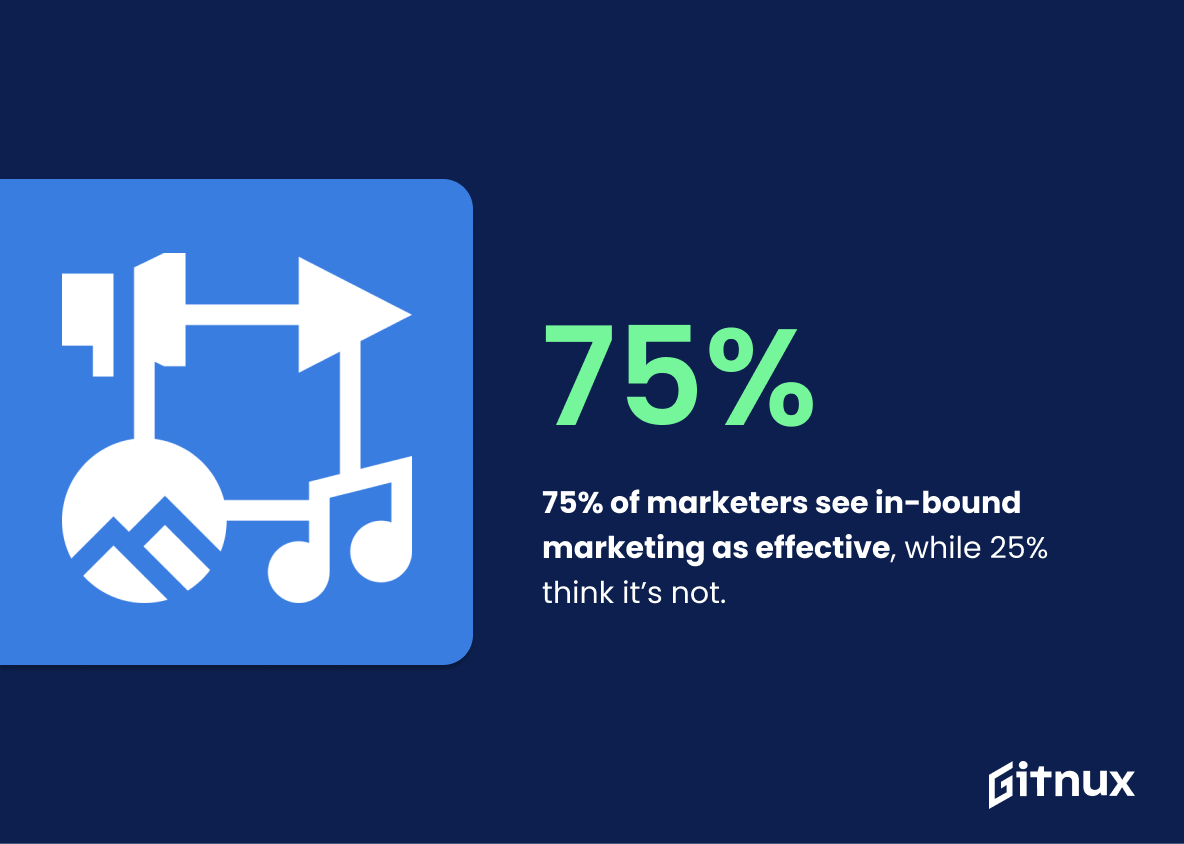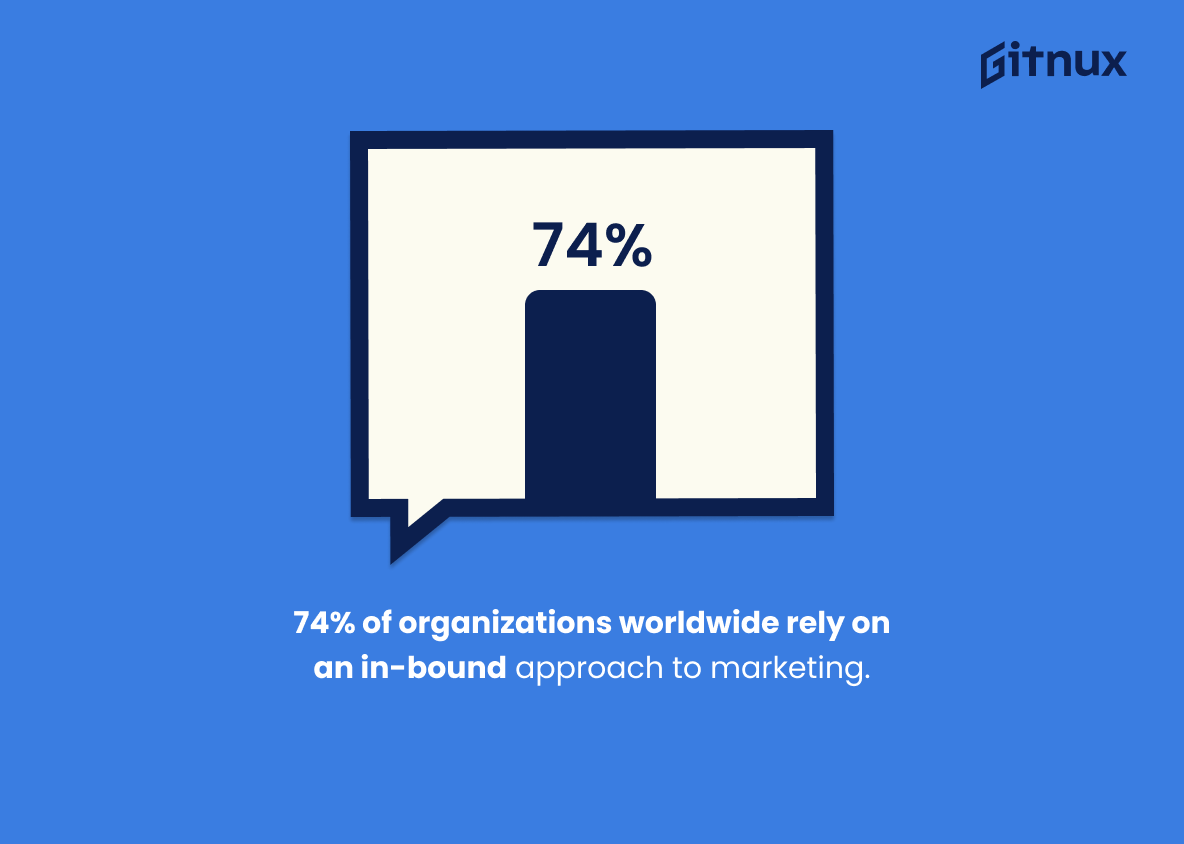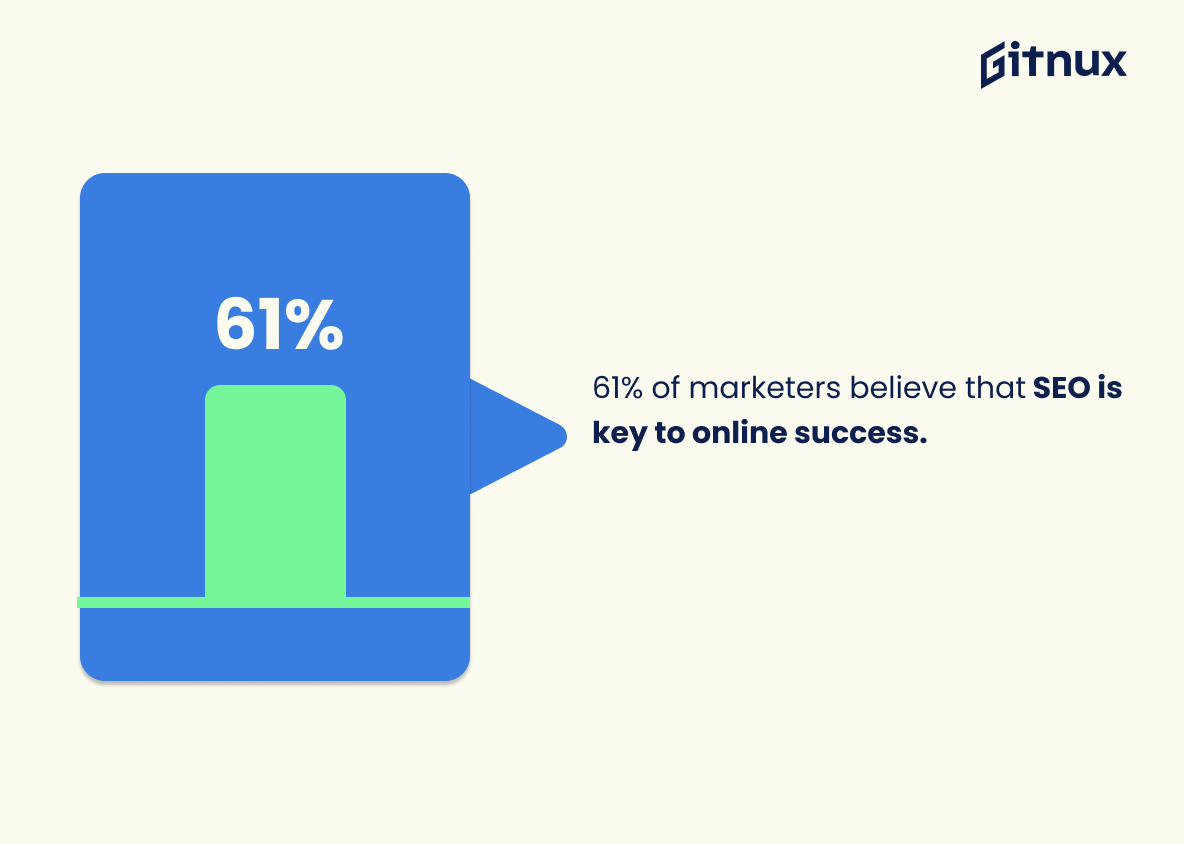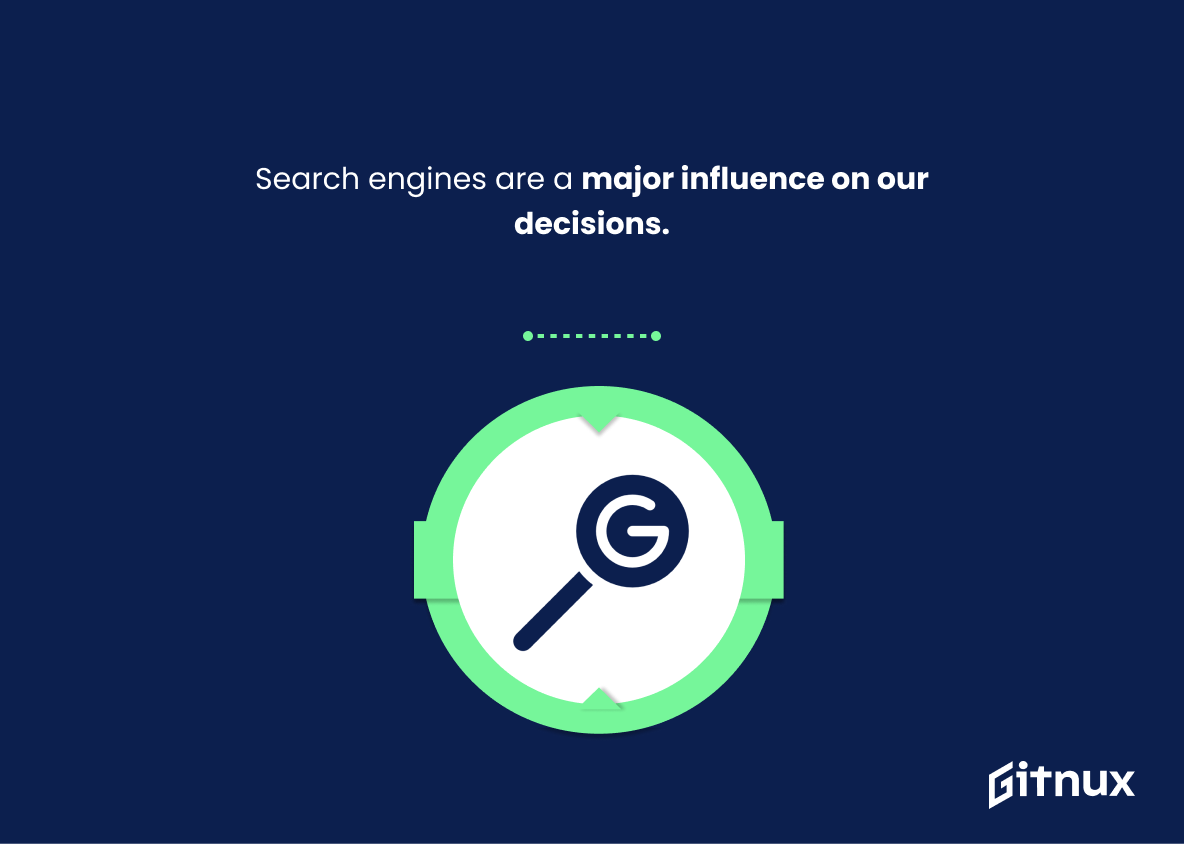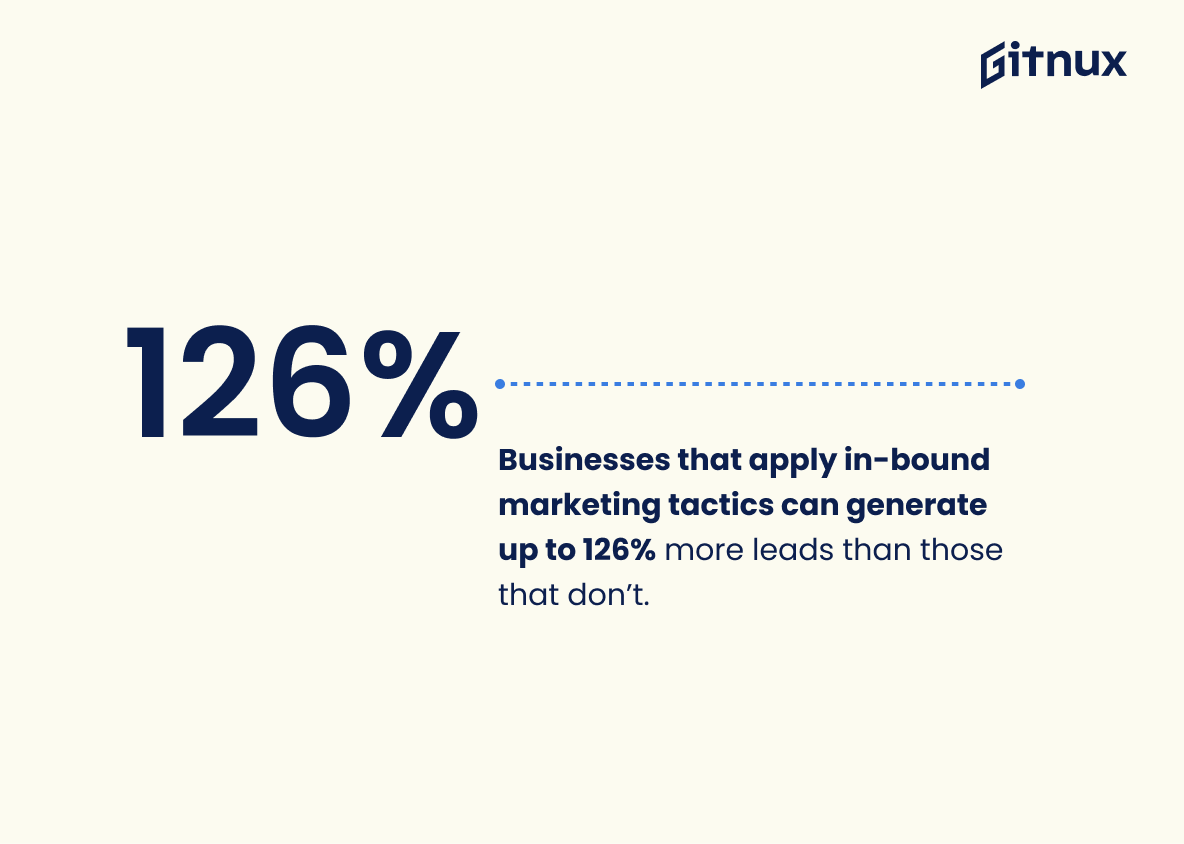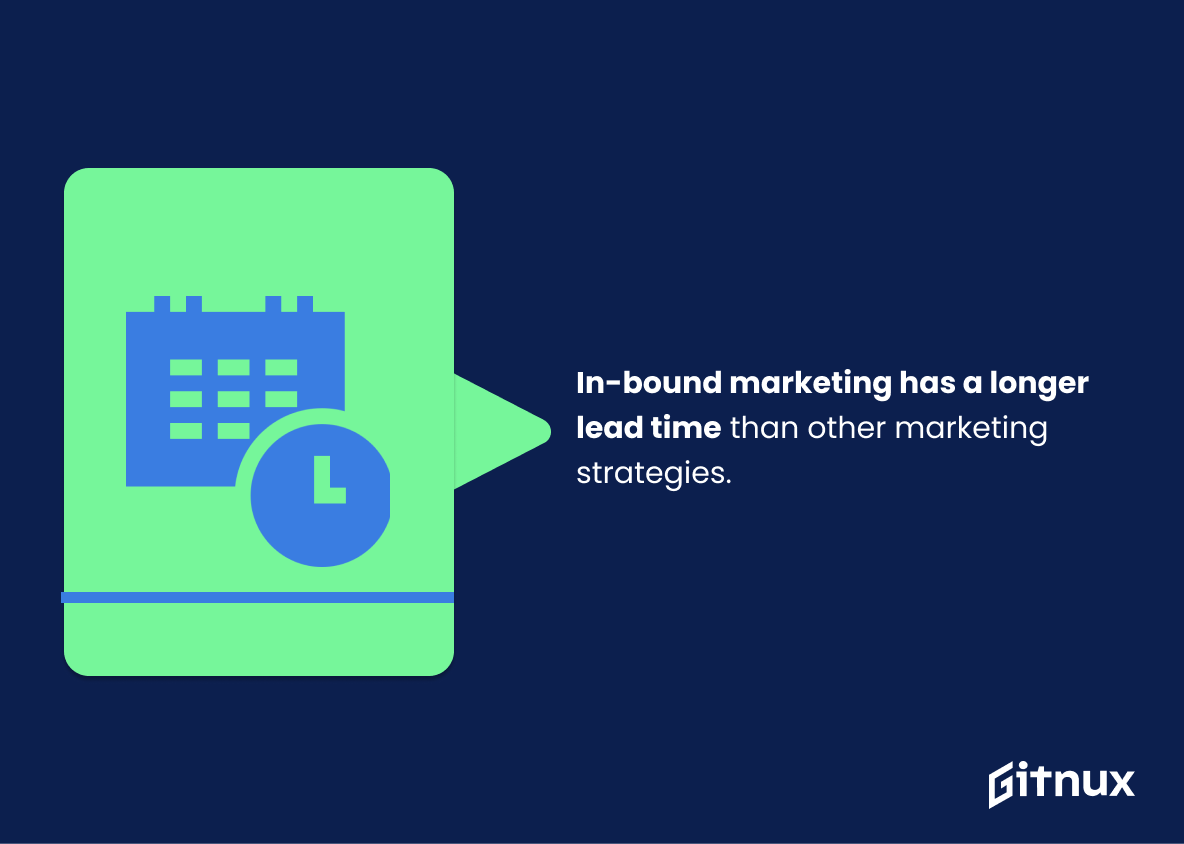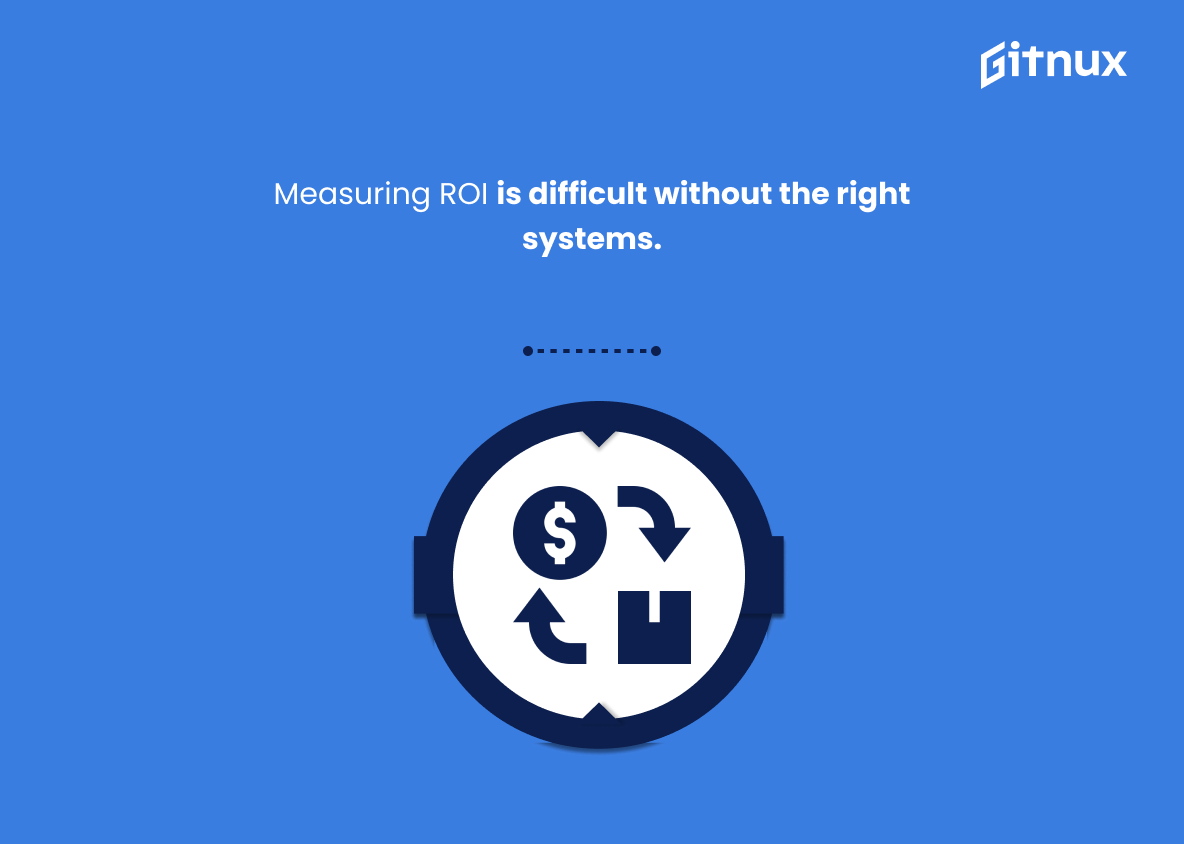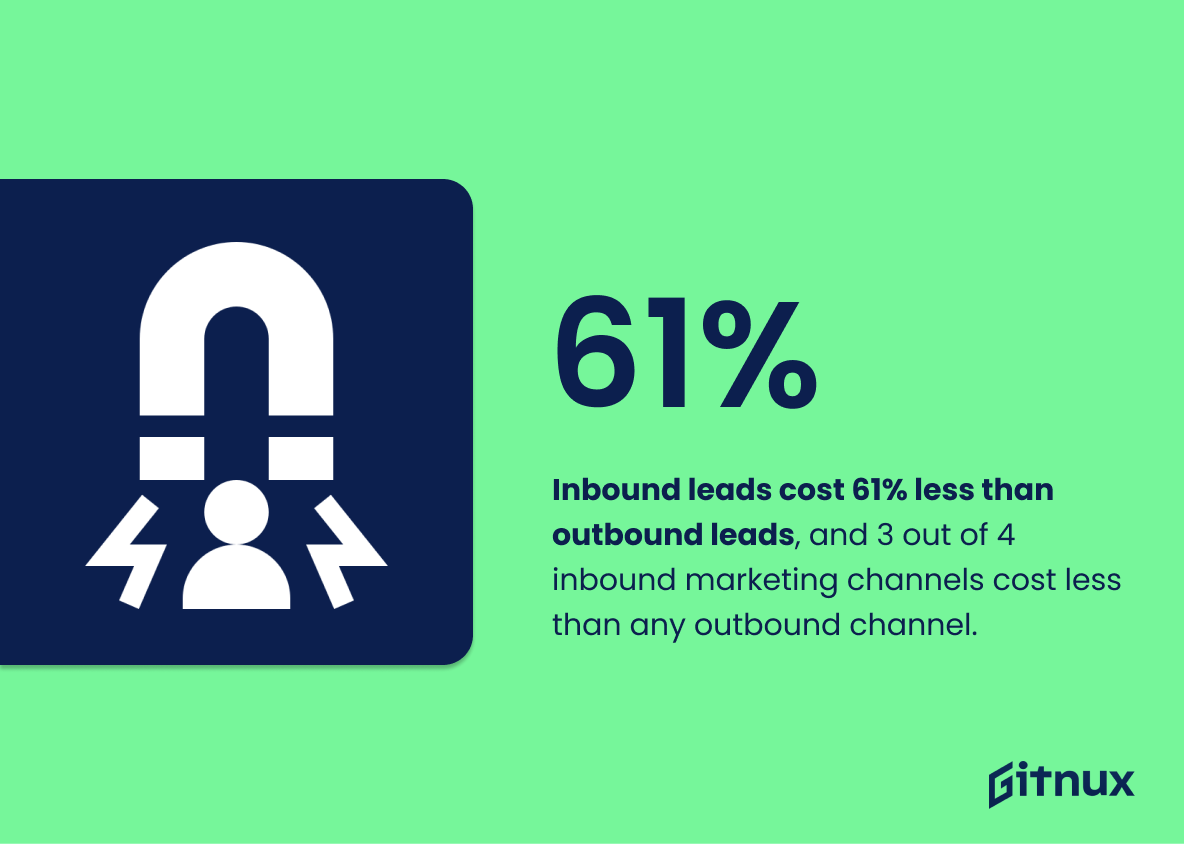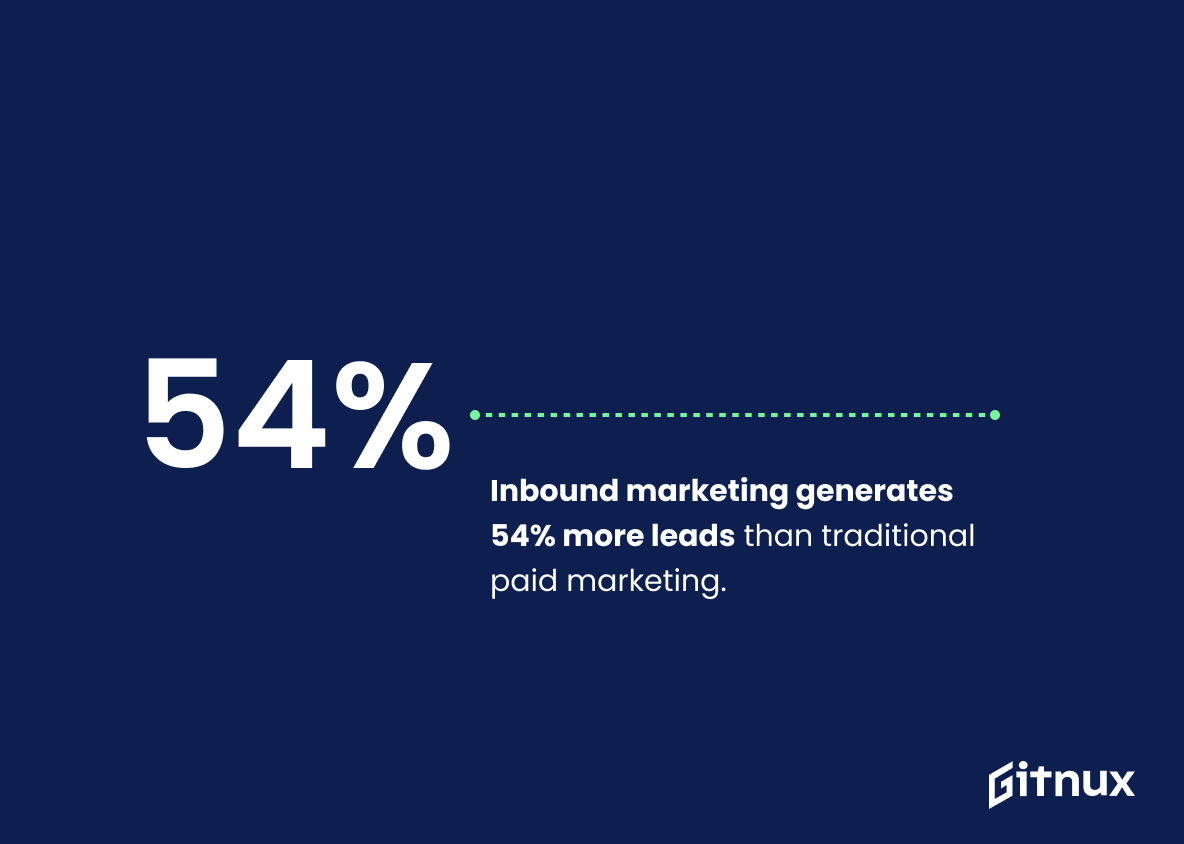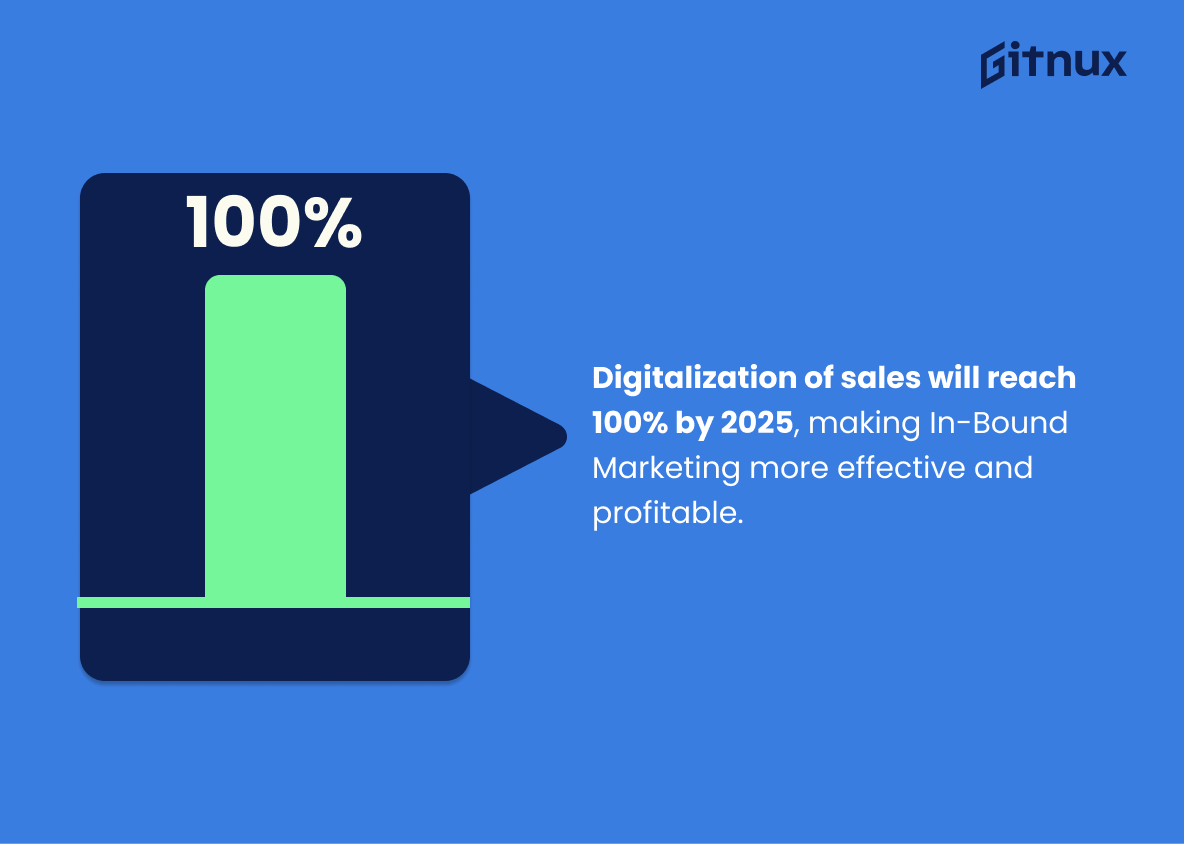Inbound marketing is a powerful tool for businesses to reach their target audience and build relationships with potential customers. It is a form of marketing that focuses on creating content that draws people in, rather than pushing out marketing messages. With the right strategy and implementation, inbound marketing can be an invaluable asset for any business.
In this article, we will explore the latest inbound marketing statistics to help you understand the impact of this marketing strategy. We will look at the effectiveness of inbound marketing, the cost-effectiveness of inbound compared to other forms of marketing, and the trends in the industry. By understanding these statistics, you can make an informed decision on how to best use inbound marketing to grow your business.
Inbound Marketing: The Most Important Statistics
72% of marketers say that content creation is the most effective SEO tactic.
Companies that blog generate 67% more leads than those that don’t.
General statistics on inbound marketing
Inbound marketing generates three times more leads per dollar than traditional marketing methods.
Companies that blog get 97% more links to their website.
Inbound leads cost 61% less on average than outbound leads.
59% of B2B marketers consider email as the most effective channel for generating revenue.
Companies with a strong social media presence have a 3.5 times higher chance of outperforming their competitors.
In a study by Demand Gen Report, 95% of business-to-business (B2B) consumers say business content helps them trust it more.
72% of marketers say relevant content creation is the most effective SEO tactic.
According to a survey, 77% of companies saw more engagement from email marketing over the previous 12 months
According to a study by Hubspot, 80% of companies say they actively engage in content marketing.
The state of inbound marketing
According to HubSpot’s State of Inbound report, 70% of marketers consider inbound marketing to be their top priority.
A DemandMetric poll found that the average cost per lead for inbound marketing is 62% less than for outbound marketing.
72% of marketers say that content creation is the most effective SEO tactic.
According to Accenture, 91% of consumers are more likely to shop with brands that recognize, remember, and provide relevant offers and recommendations.
53% of marketers say that blog content creation is their top inbound marketing priority, and 61% of marketers say that improving SEO and growing their organic presence is their top inbound marketing goal.
Role of content marketing in inbound marketing
Companies that publish 16+ blog posts per month get 4.5x more leads than those that publish 0-4 monthly posts.
70% of people would rather learn about a company through an article than an advertisement.
85% of businesses use video as a marketing tool, and 88% of marketers say that video marketing provides a positive ROI.
61% of B2B marketers say that the biggest challenge they face is generating high-quality leads. Content marketing can help address this challenge by attracting and engaging leads who are already interested in a company’s products or services.
Companies that publish blog content regularly get 55% more website visitors.
Email marketing in inbound marketing
In a MailChimp survey, 89% of marketers say that email is their primary lead generation channel.
According to Epsilon, companies that send automated emails are 133% more likely to retain customers than those that don’t.
According to MarketingSherpa, 79% of leads never convert into sales but lead nurturing through email can increase sales-ready leads by 20%.
The average ROI for email marketing is 3800%, making it one of the most cost-effective marketing channels available.
Emails with social sharing buttons generate a 158% higher click-through rate.
According to Monetate, email marketing drives more conversions than any other marketing channel including search and social.
The effectiveness of search engine optimization in inbound marketing
61% of marketers say that improving SEO and growing their organic presence is their top inbound marketing priority.
Check out the best SEO Software
46% of all Google searches are local, and 76% of people who search on their smartphone for something nearby visit a business within a day.
According to Backlinko, pages that are well-optimized for on-page SEO factors such as title tags, meta descriptions, and header tags have a 434% higher chance of ranking highly on search engines.
Websites that appear on the first page of Google search results get 91.5% of all Google traffic.
Social media marketing and its role in inbound marketing
In a Hootsuite research, 54% of social browsers use social media to research products, and 71% of consumers who have had a good social media experience with a brand are likely to recommend it to others.
Social media videos generate 1200% more shares than text and images combined, and live videos generate 10x more comments than regular videos.
49% of consumers depend on influencer recommendations on social media, and 40% of Twitter users have made a purchase based on an influencer’s tweet.
Social media advertising provides a high level of targeting and can be more cost-effective than traditional advertising channels, with an average cost-per-click of $0.97.
Inbound marketing vs outbound marketing
86% of people skip television ads, 44% of direct mail is never opened, and 91% of email users have unsubscribed from a company email they previously opted into.
Inbound marketing content generates 3 times as many leads as outbound marketing content, and it has a higher conversion rate.
Companies that blog generate 67% more leads than those that don’t.
The average inbound marketing campaign costs 62% less per lead than traditional outbound marketing methods.
Inbound marketing allows for more personalized and targeted messaging based on the needs and interests of the individual.
A survey showed that half of the companies who started using inbound marketing saw a 25% increase in ROI.
Problems of inbound marketing
According to 77% of agencies, one of their clients’ major weaknesses is a bad online user experience. Depending on how well each page communicates your brand story, you may also notice a low time on page when you have a terrible user experience.
Only 12% of marketers truly create content with particular clients in mind. The main issue here is that attracting and retaining your audience requires consistency in publishing and quality.
For 62% of marketers, posting content at least once a week is difficult. And that’s a major problem because 90% of consumers want consistent brand interactions over all media.
The biggest marketing problem for businesses, according to HubSpot’s State of Inbound report, is generating visitors and leads. Actually, 63% of respondents saw this as a significant difficulty.
A large time and resource commitment is necessary for inbound marketing. The average B2B company devotes 29% of its overall marketing spend to content marketing, according to a survey.
Conclusion
Inbound marketing is a powerful tool for businesses looking to grow their customer base and increase their revenue. The statistics show that businesses that use inbound marketing strategies are more likely to succeed than those that don’t.
With the right strategy, businesses can reach more customers, generate more leads, and convert those leads into paying customers. Inbound marketing is an effective and cost-efficient way to grow your business, and the statistics prove it.
FAQ
References
Hubspot: “What Is Inbound Marketing?”, cited February 2023. (Source)
Weidert: “11 Inbound Marketing ROI Statistics that demonstrates value”, cited February 2023. (Source)
Thrive: “Inbound Marketing Statistics You Should Know in 2022”, cited February 2023. (Source)
Hubspot: “State of Inbound Marketing Trends”, cited February 2023. (Source)
Neilpatel: “24 Inbound Marketing Strategies You Need to Start Using Today”, cited February 2023. (Source)
Study: “Inbound Marketing Overview & Examples”, cited February 2023. (Source)
Backlinko: “69 Important SEO Statistics for 2022”, cited February 2023. (Source)
DemandGenReport: “2022 State Of B2B Marketing Technology”, cited February 2023. (Source)
DemandMetric: “Content Marketing Infographic”, cited February 2023. (Source)
Accenture: “As value shifts, is your purpose on solid ground?”, cited February 2023. (Source)
MailChimp: “2022 Email Marketing Statistics and Benchmarks by Industry”, cited February 2023. (Source)
Hootsuite: “The Future of Social Marketing”, cited February 2023. (Source)
Marketingsherpa: “Quick Guide to Email Marketing”, cited February 2023. (Source)
Epsilon: “Email’s growth potential”, cited February 2023. (Source)
Veza: “Inbound Marketing vs Outbound Marketing 2022”, cited February 2023. (Source)
Bristol: “7 Common Problems with Inbound Marketing and How to Solve Them”, cited February 2023. (Source)
ZipDo, cited June 2023: Inbound Marketing Statistics
